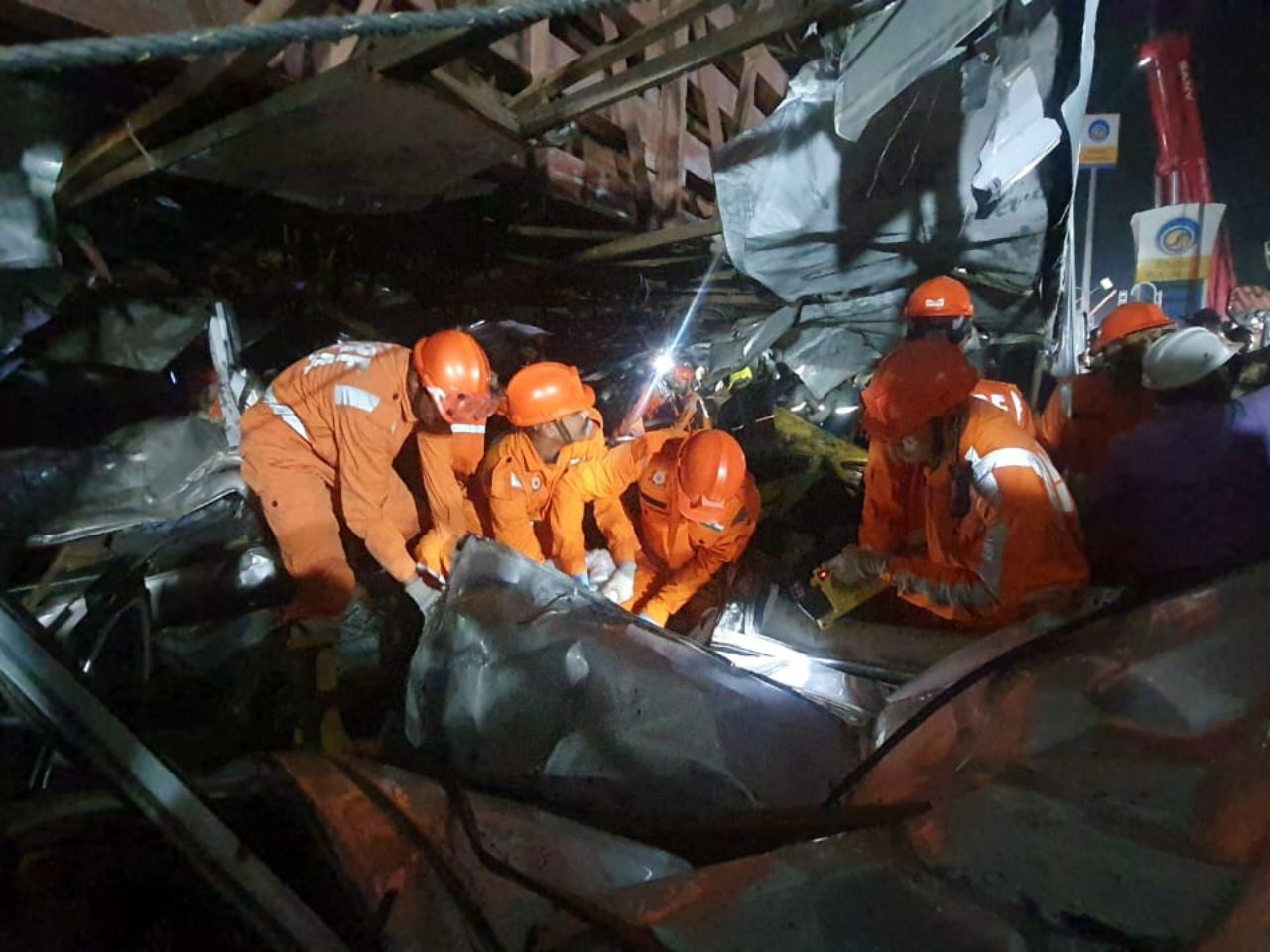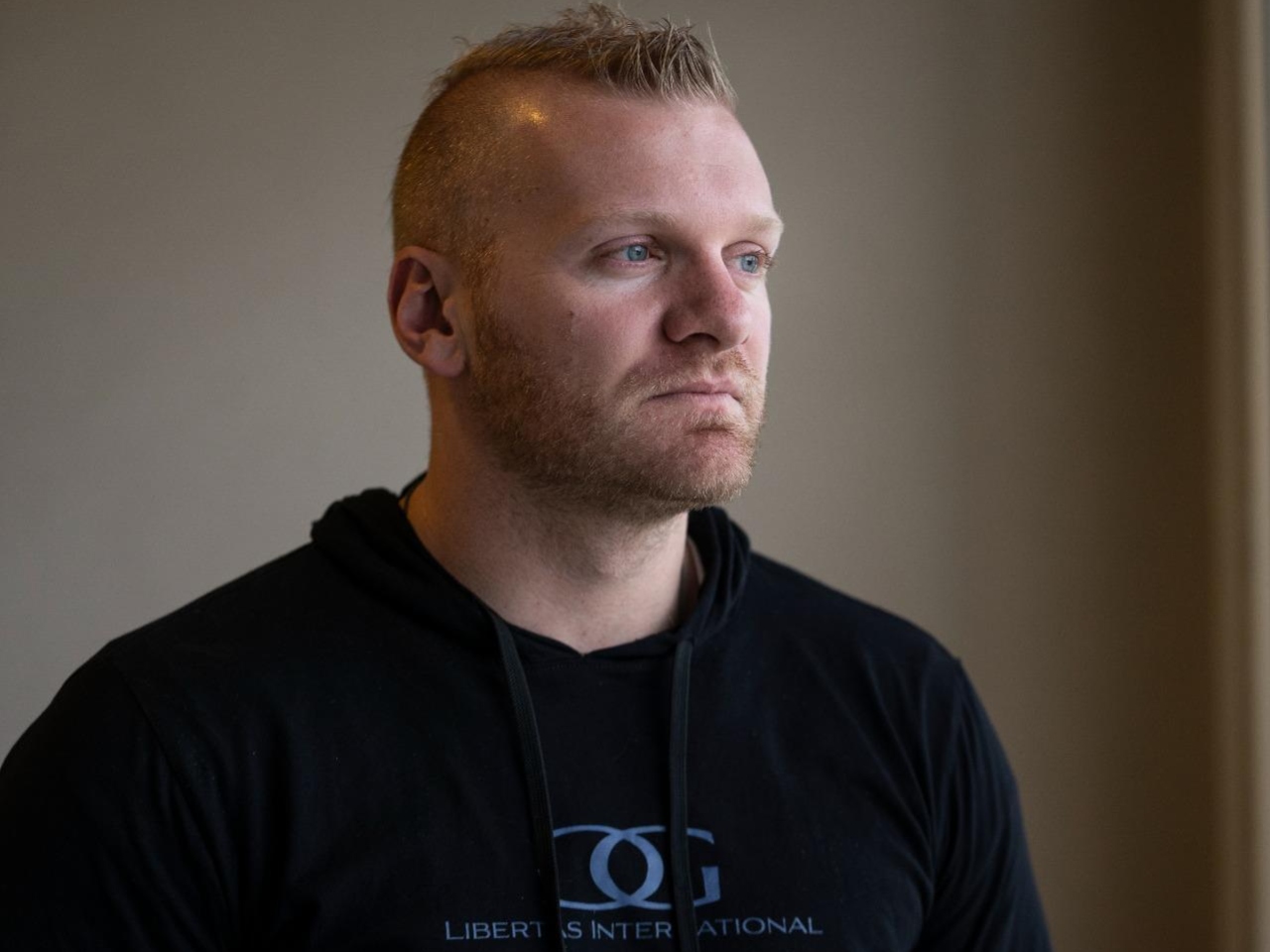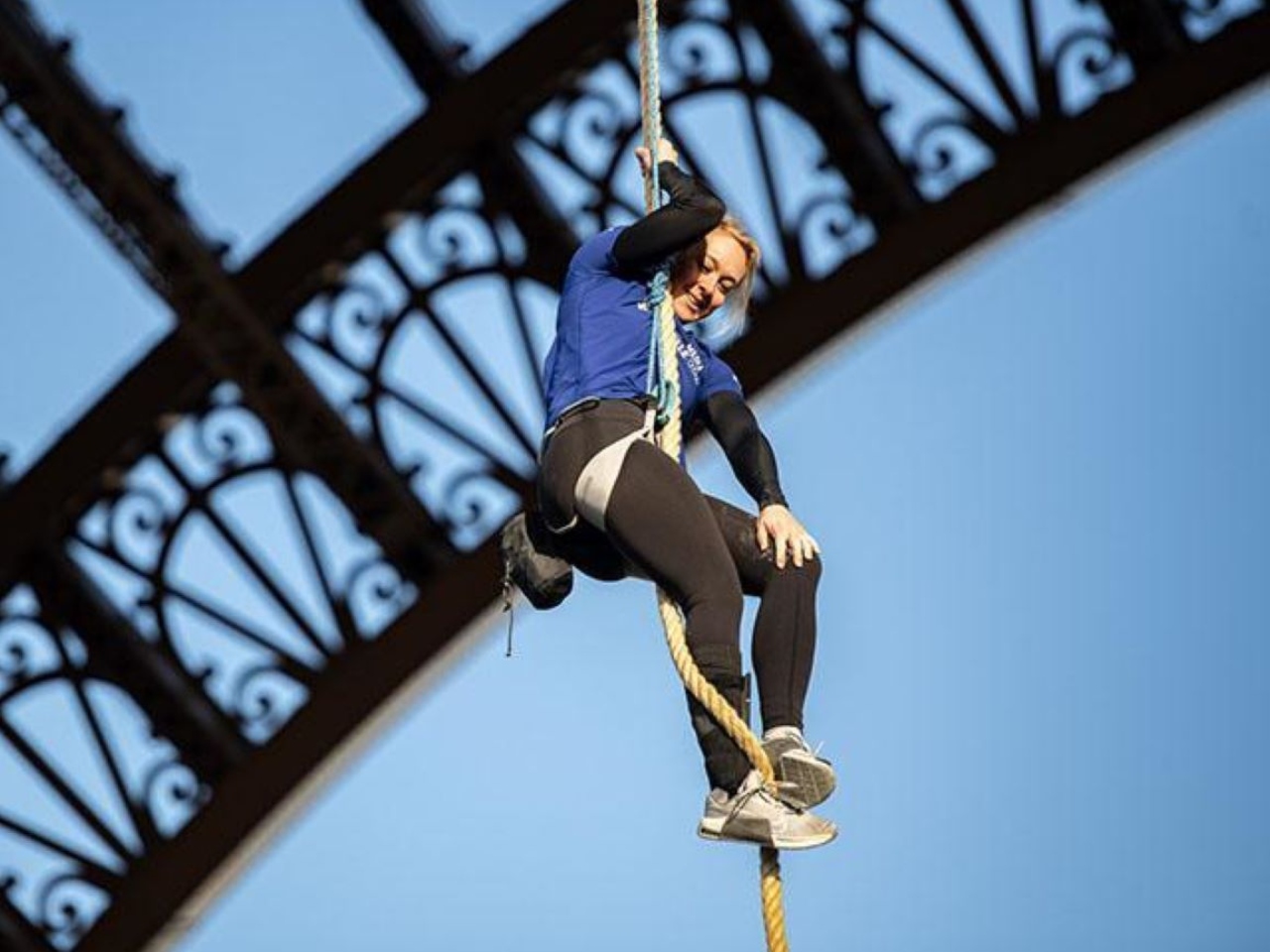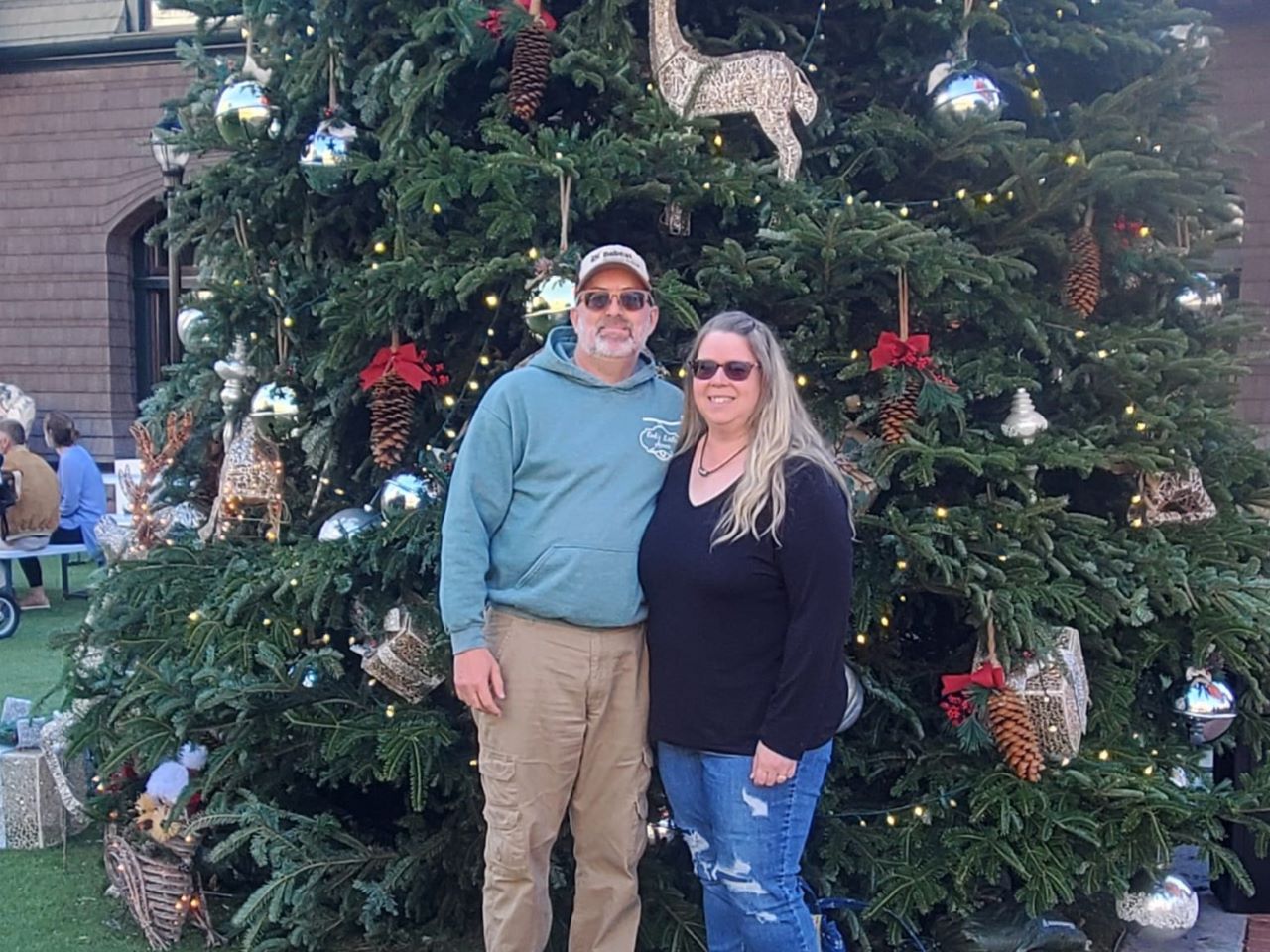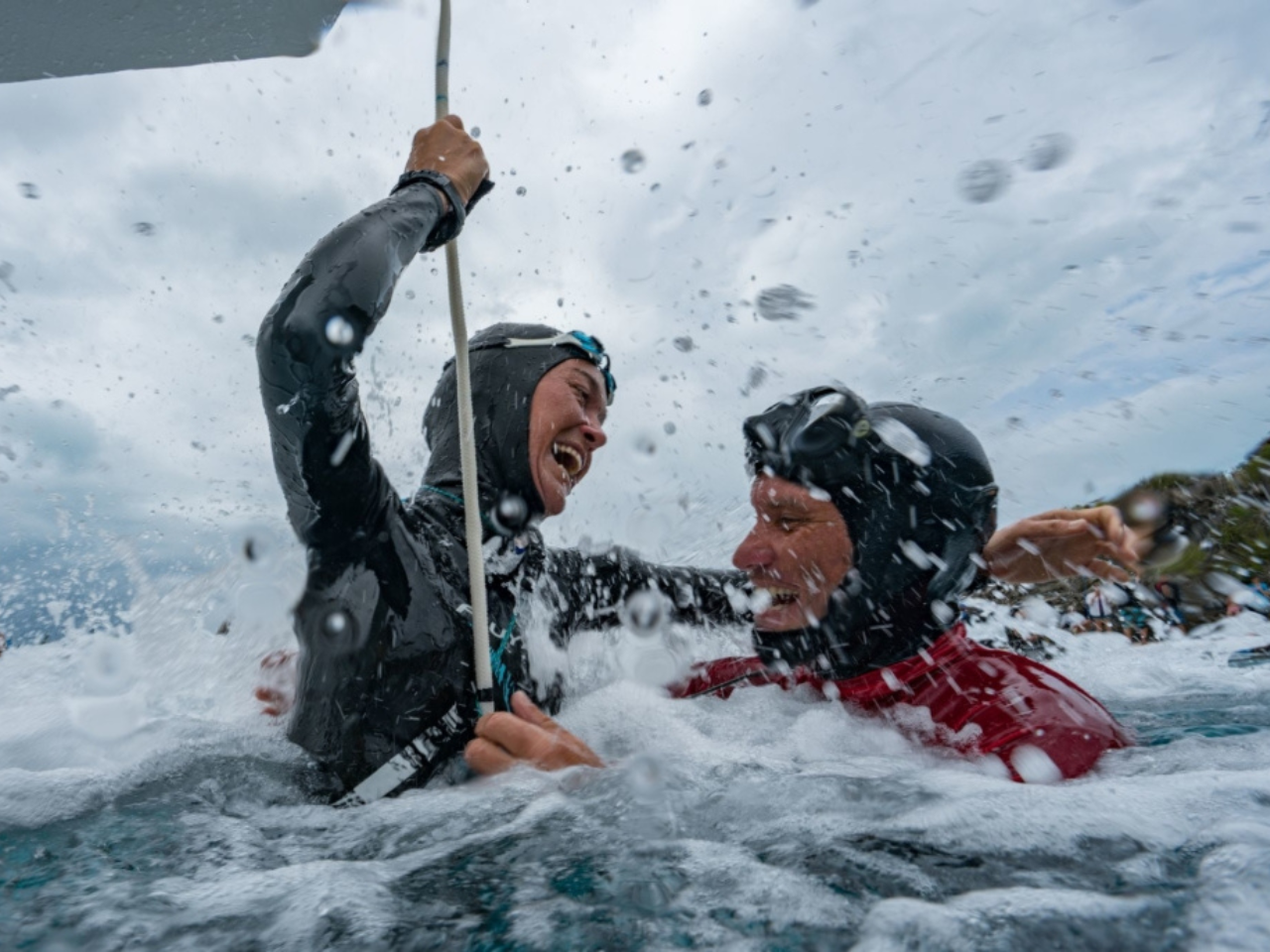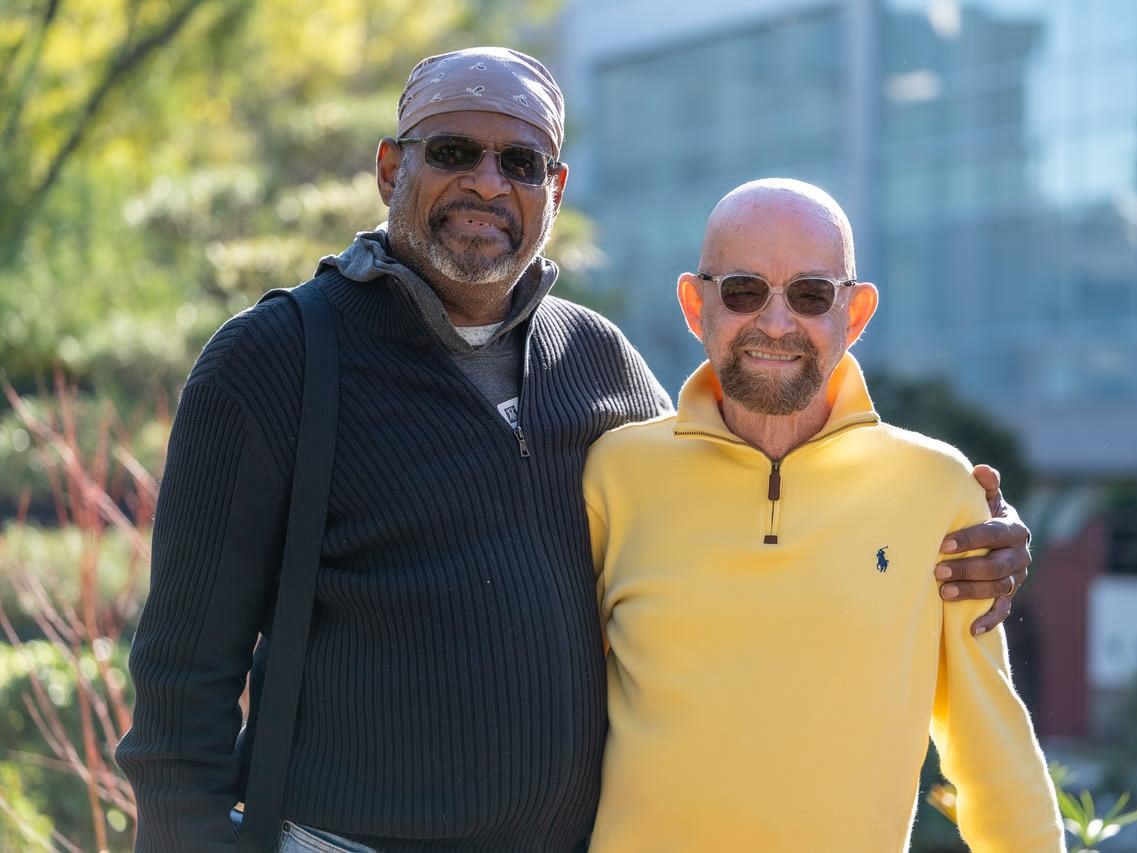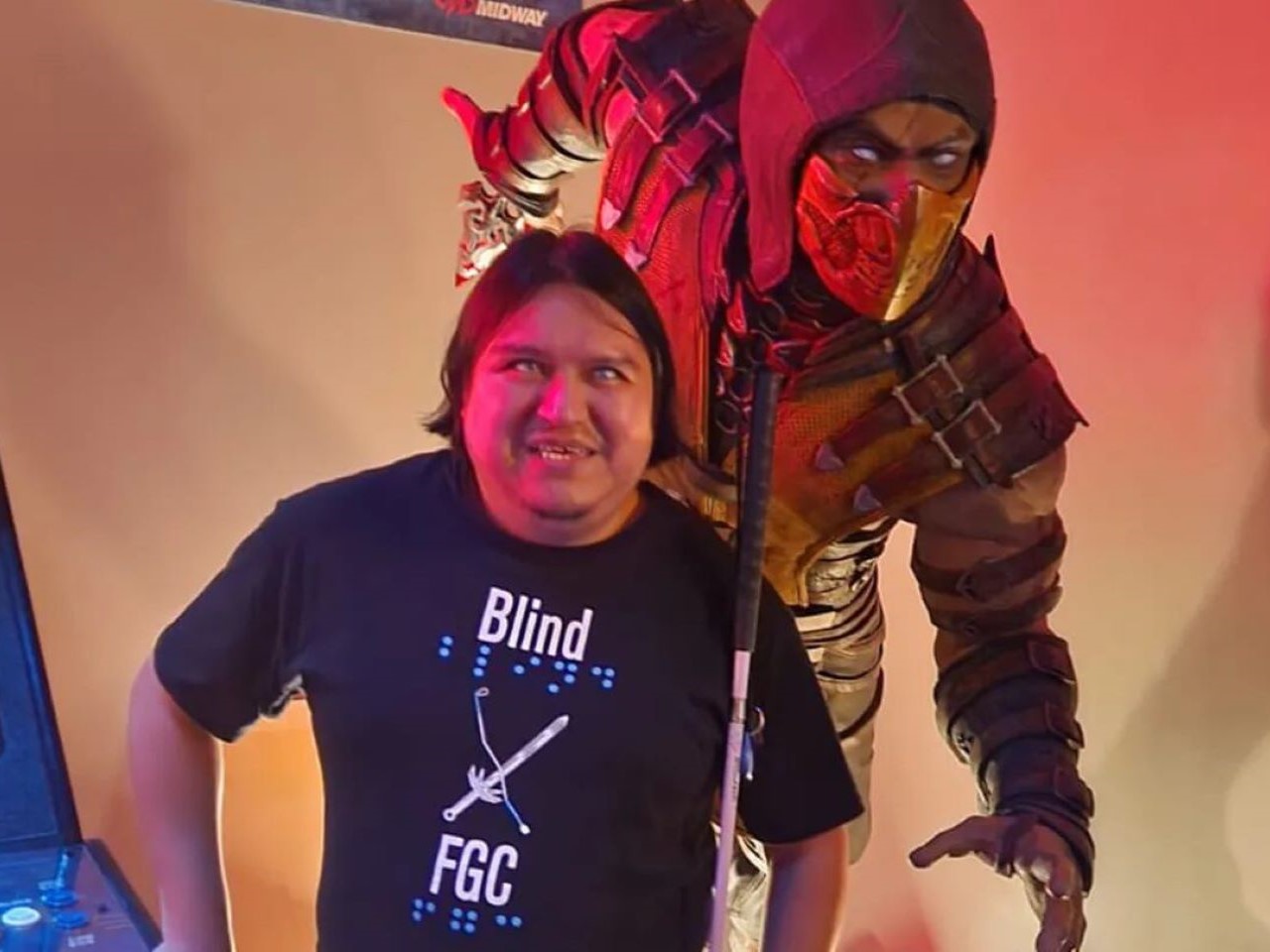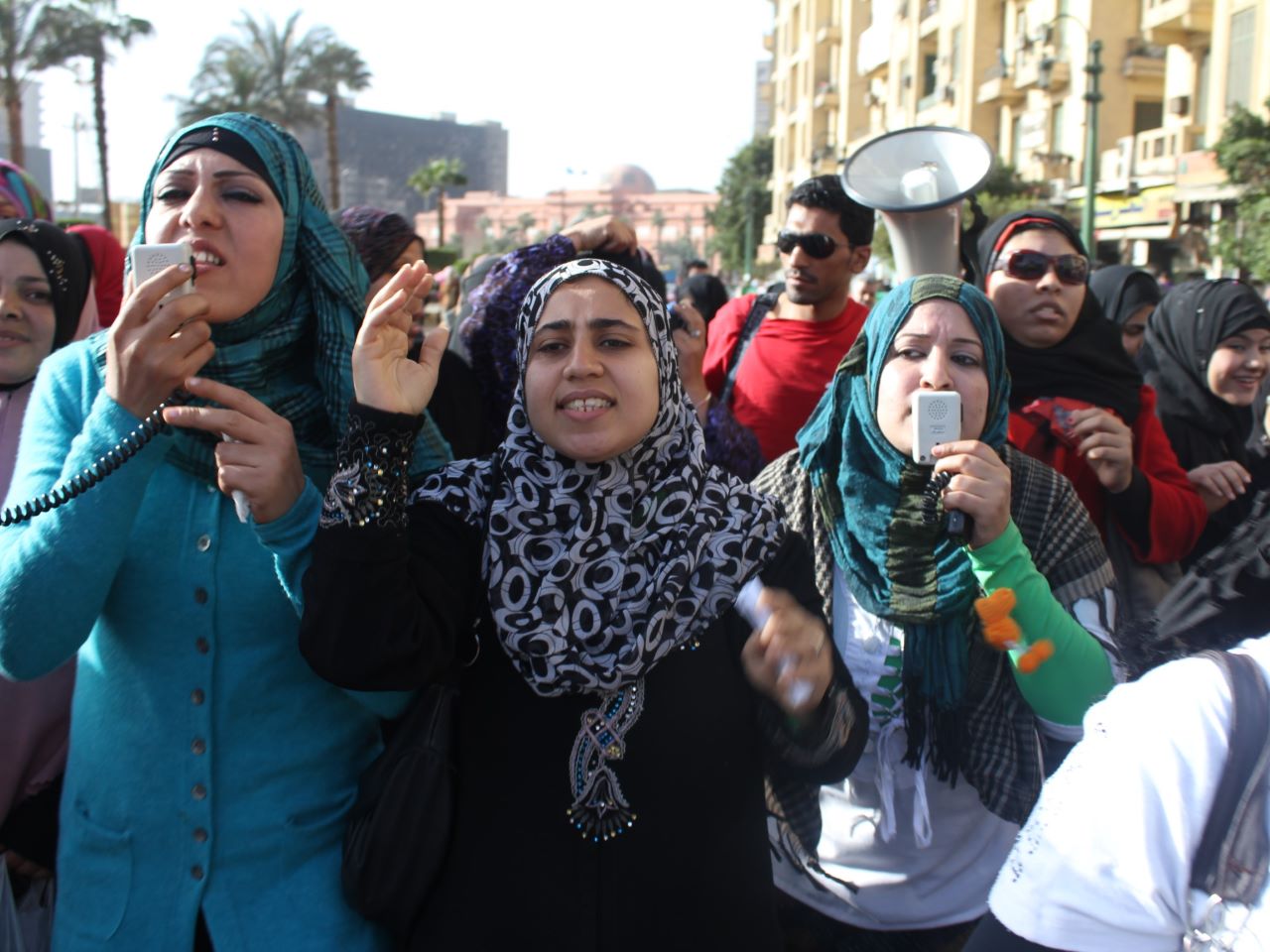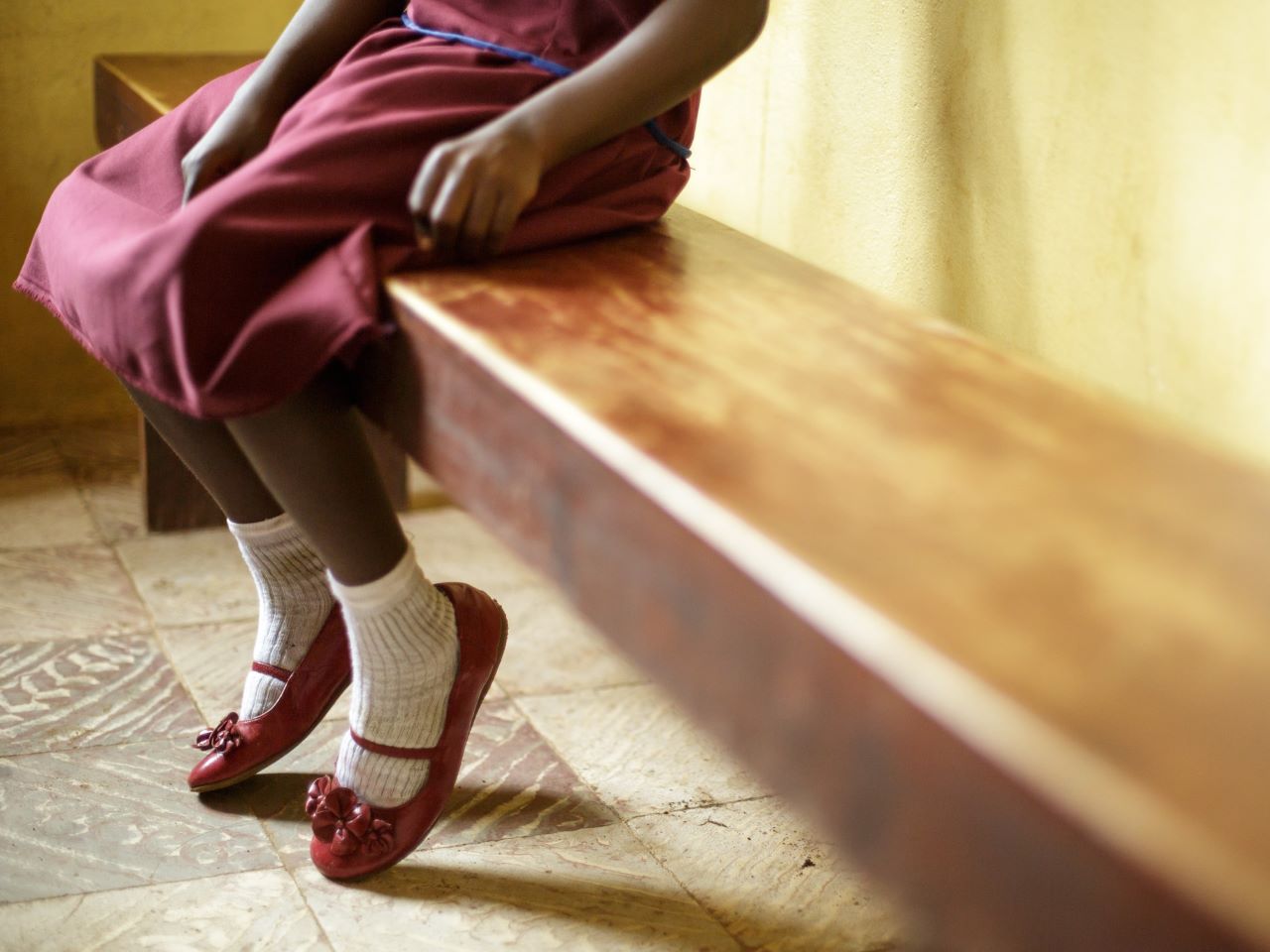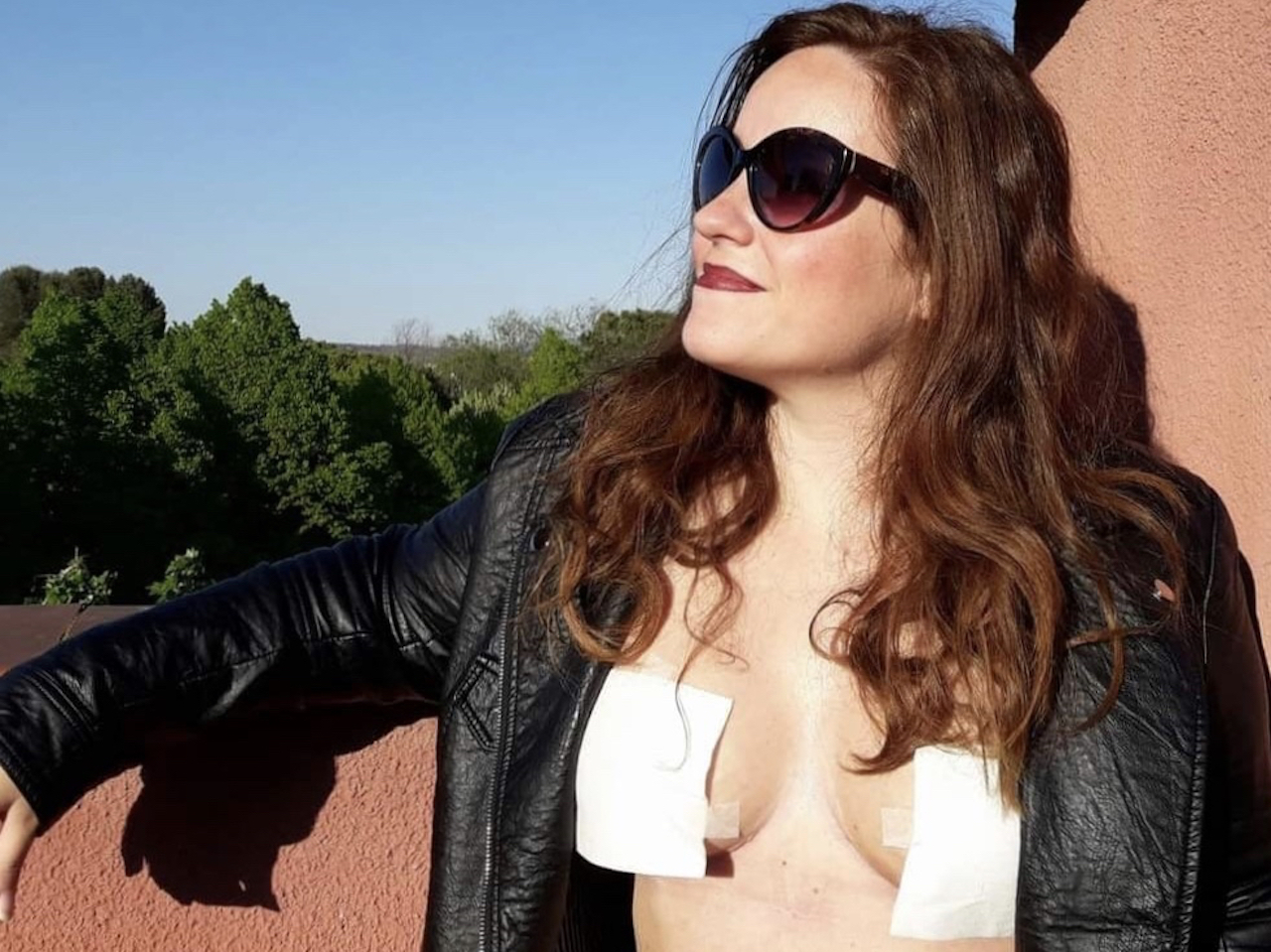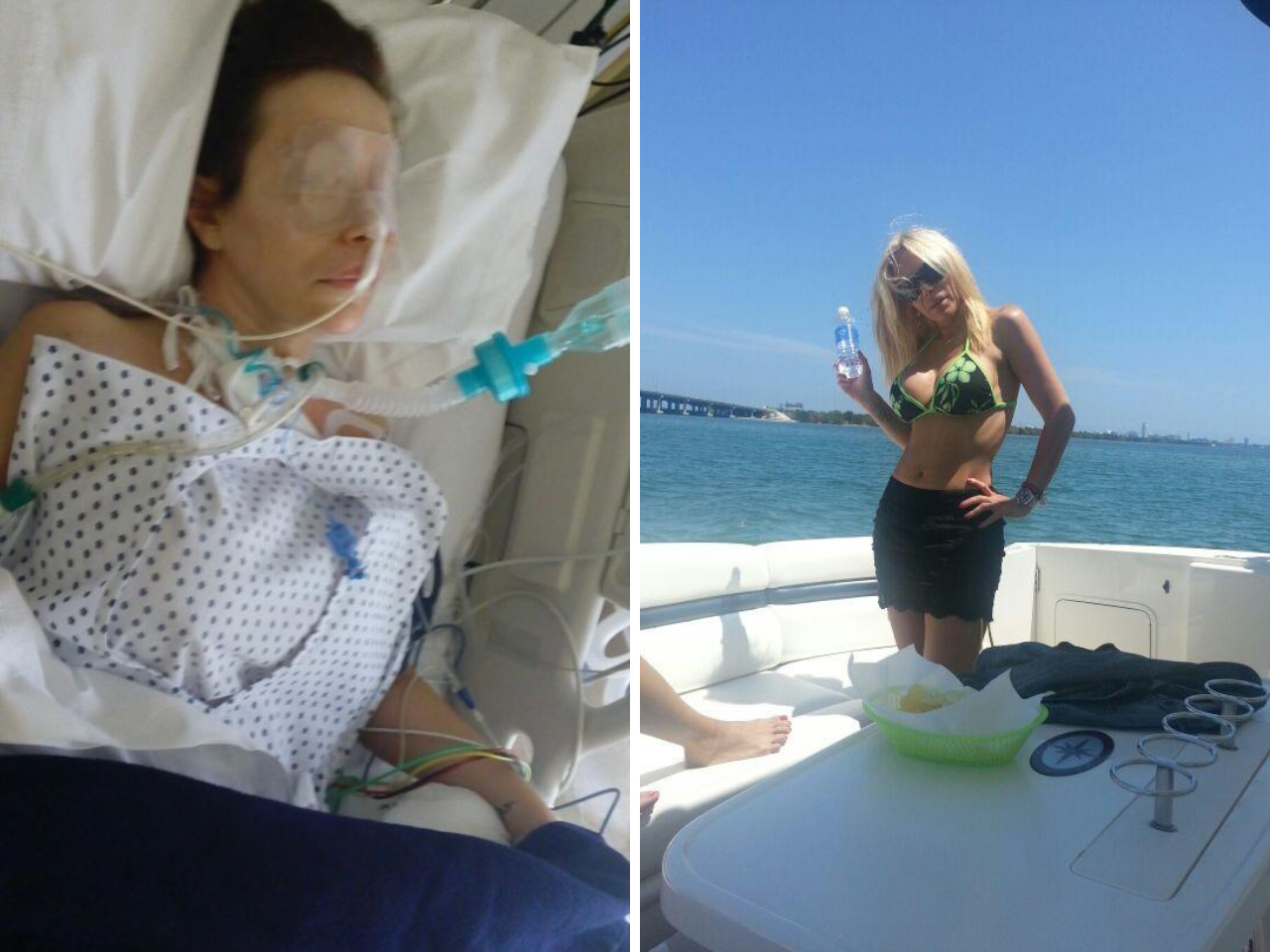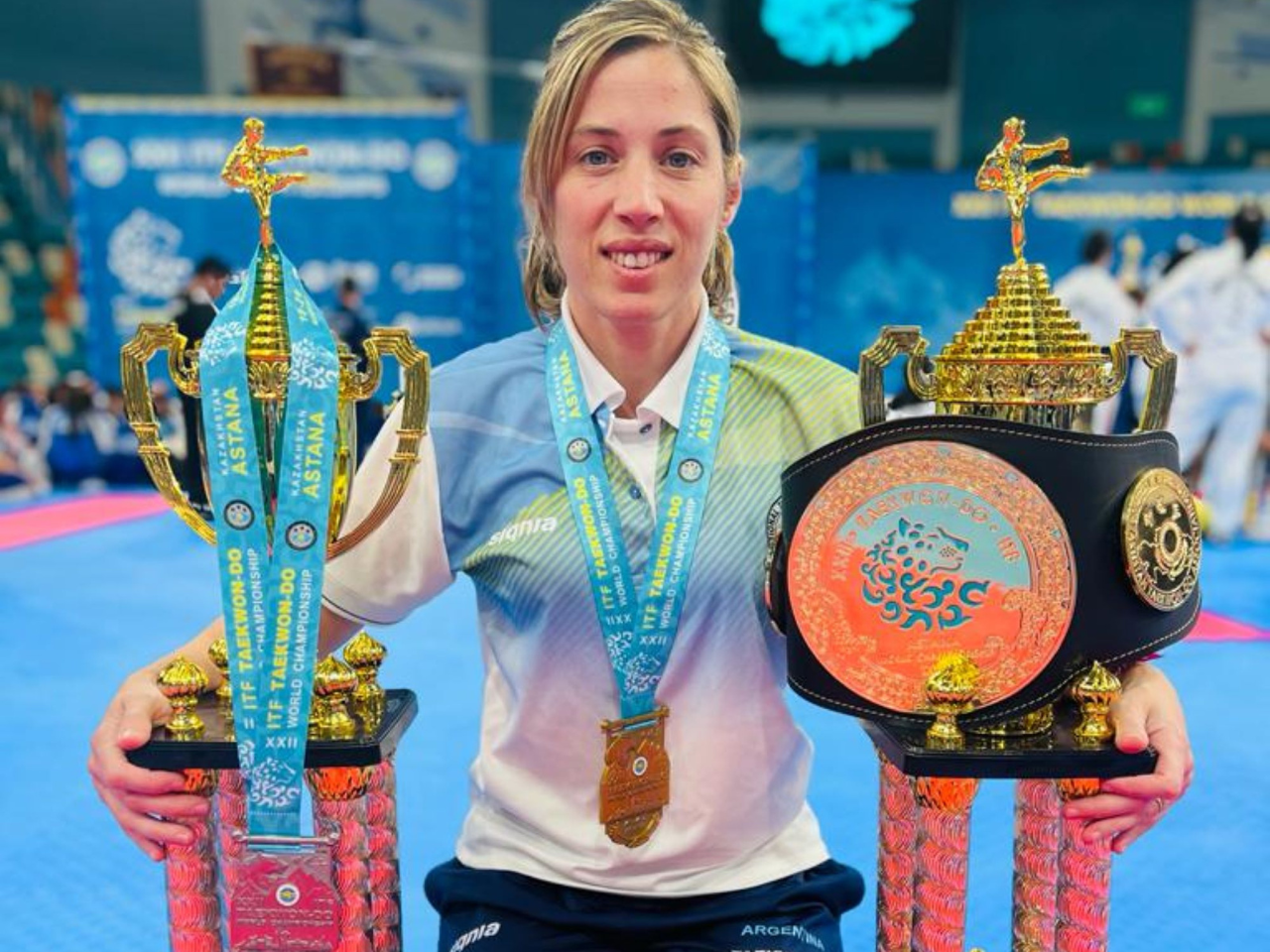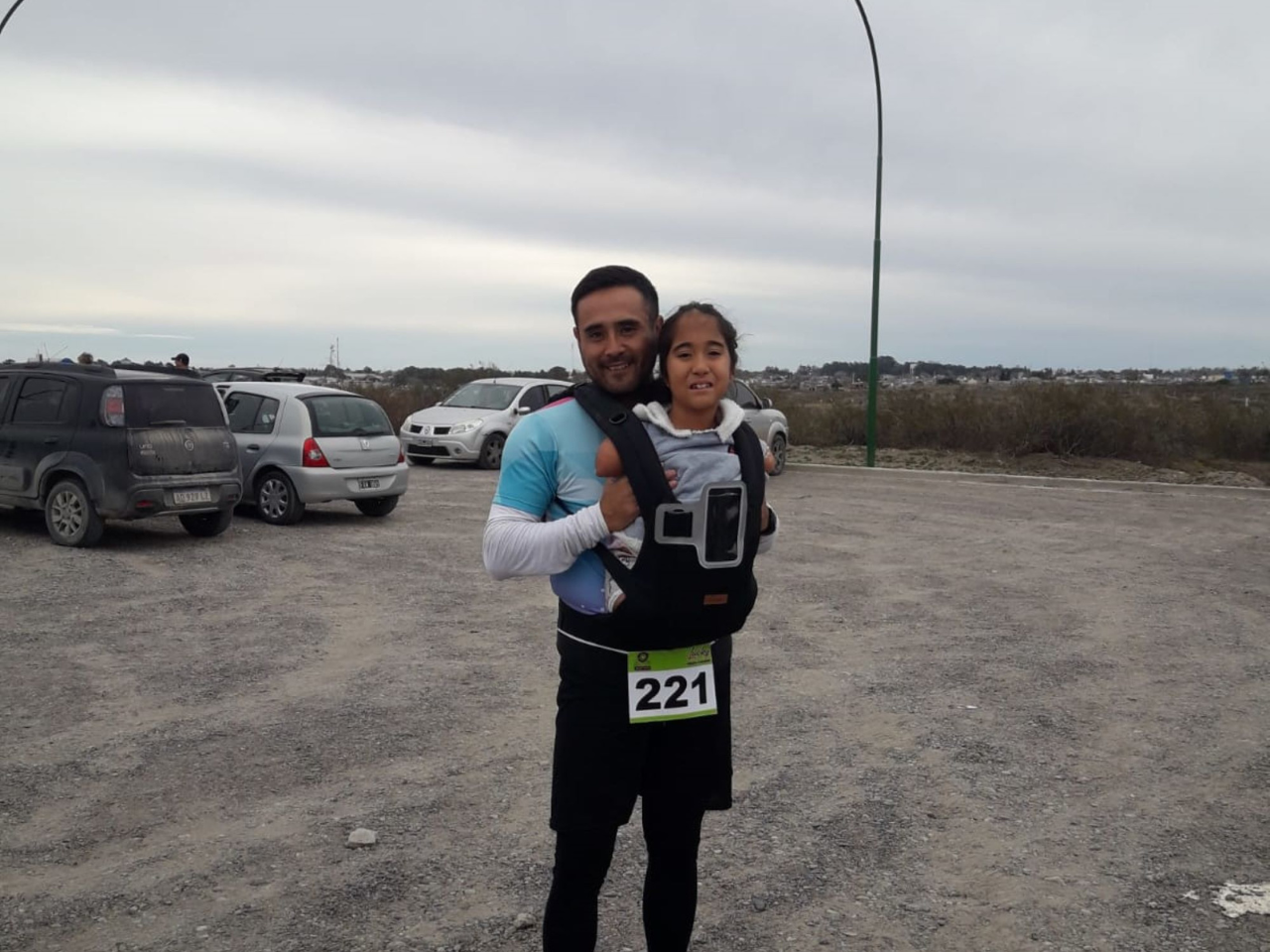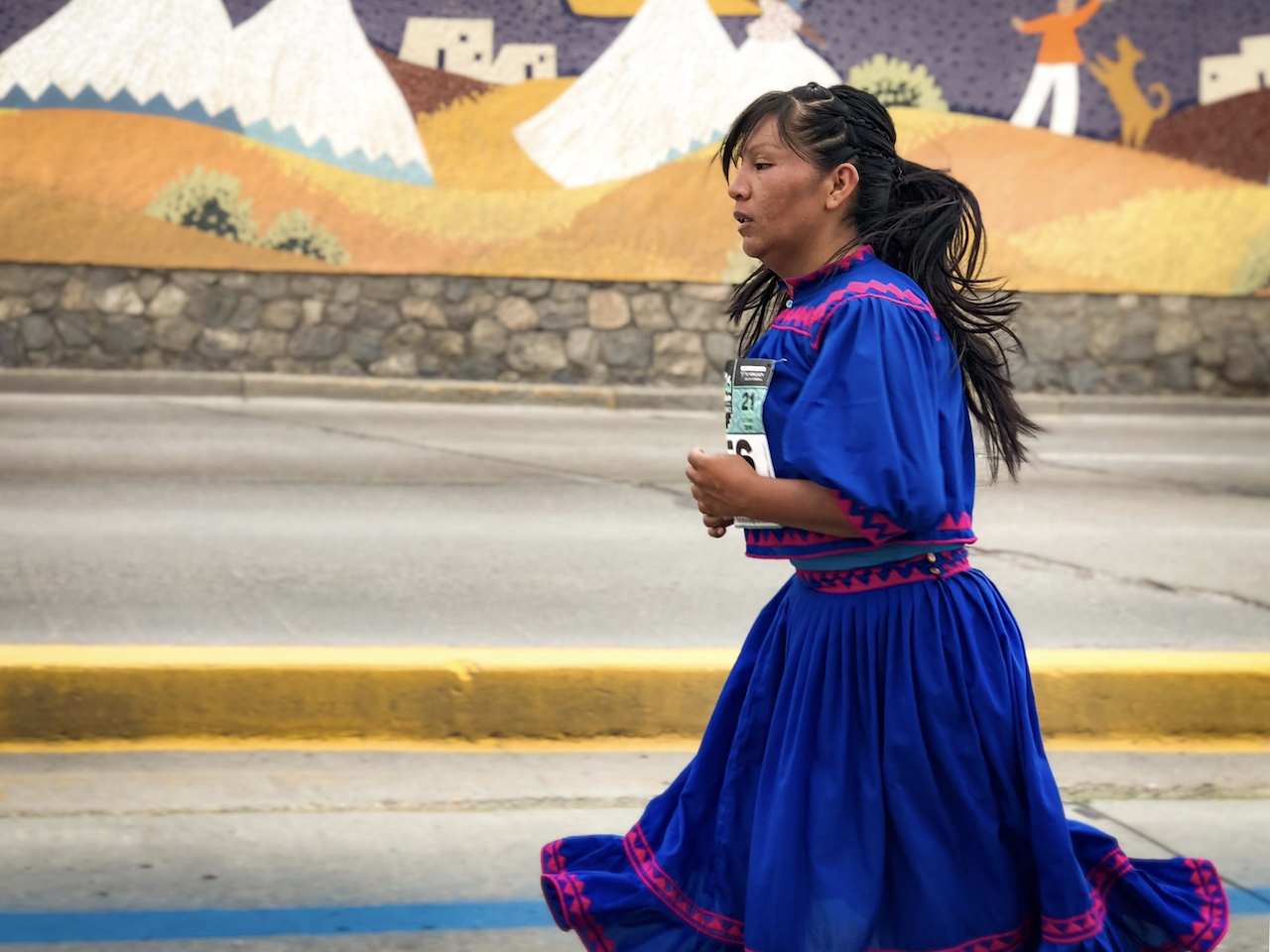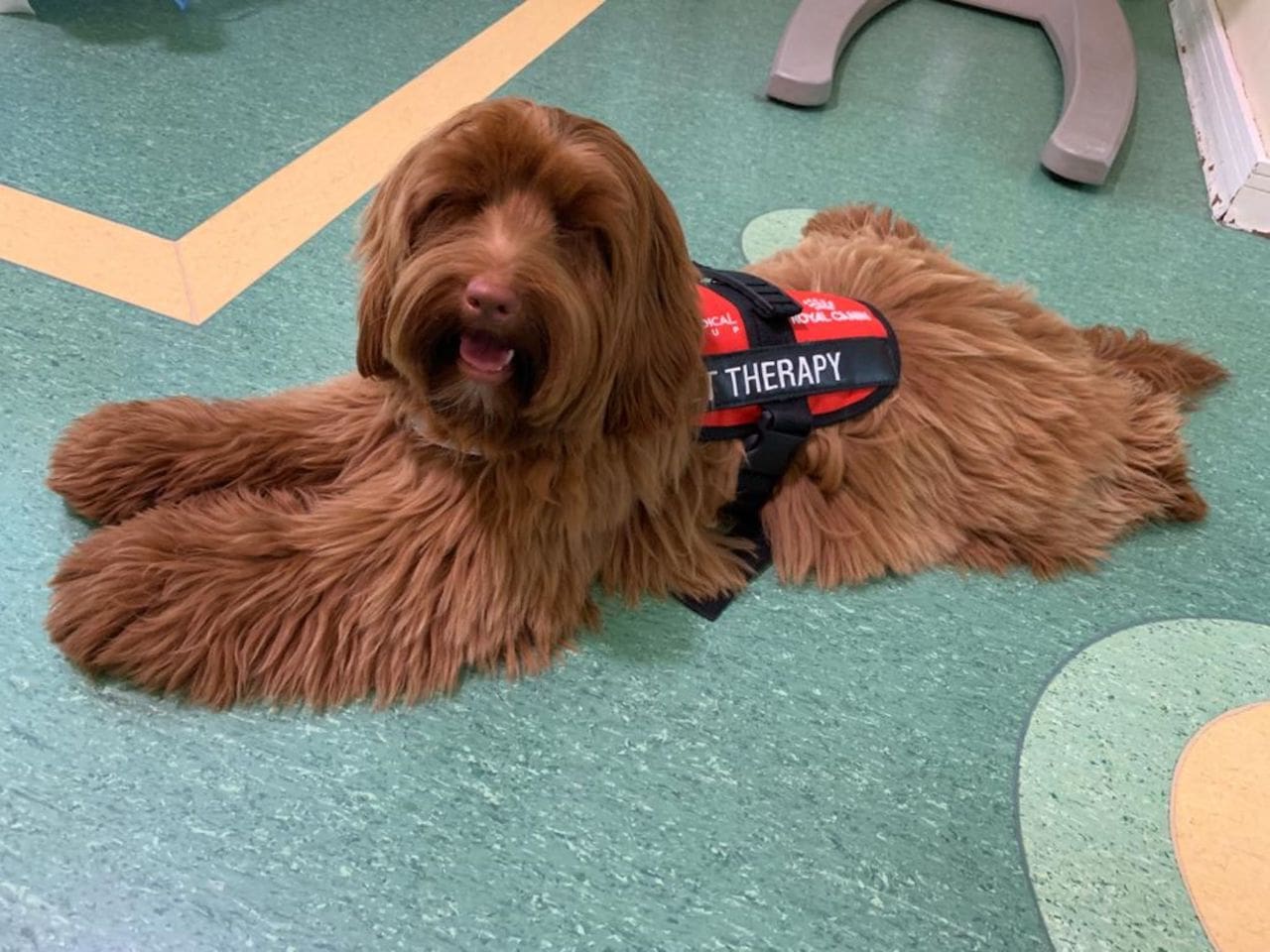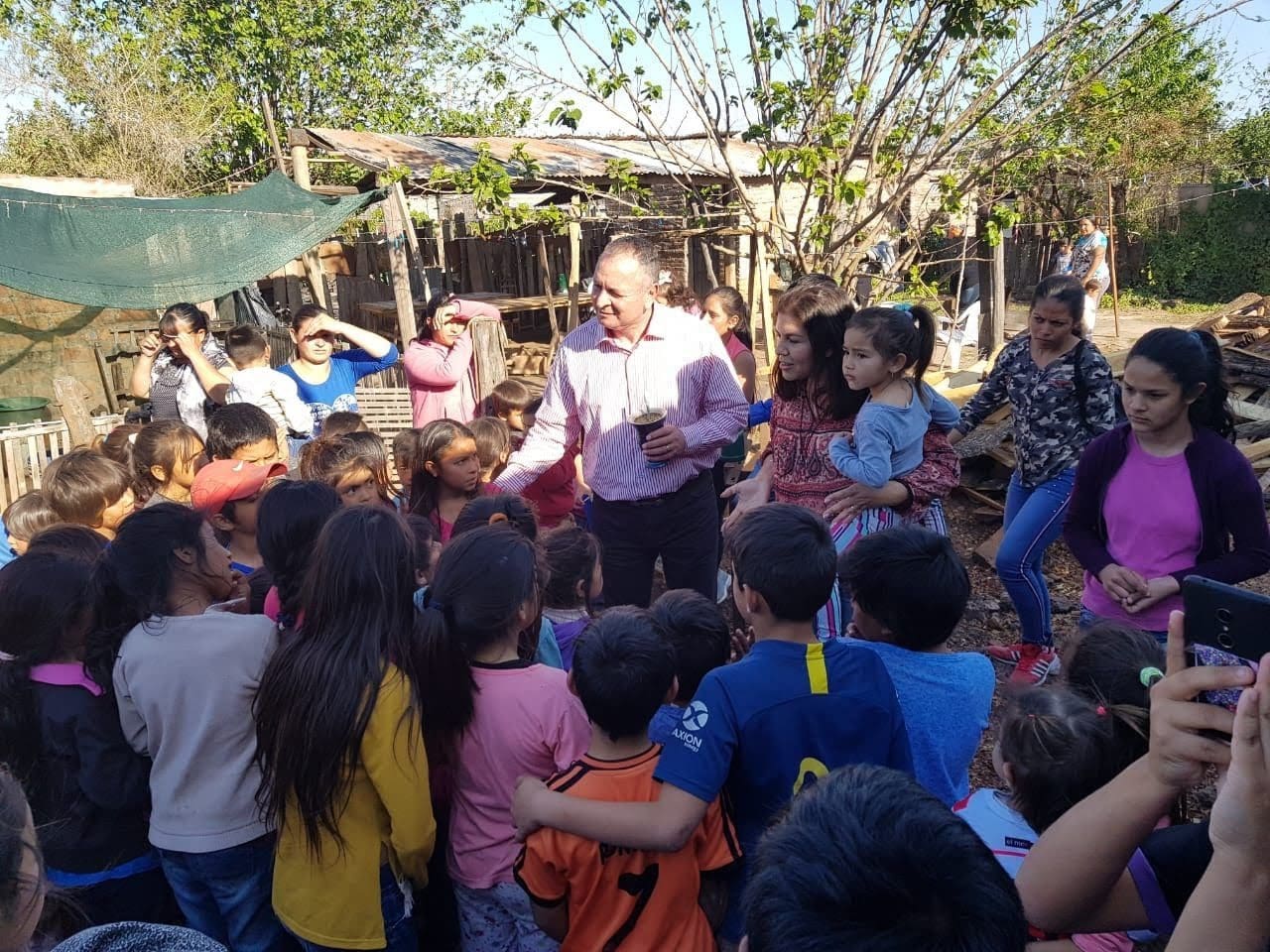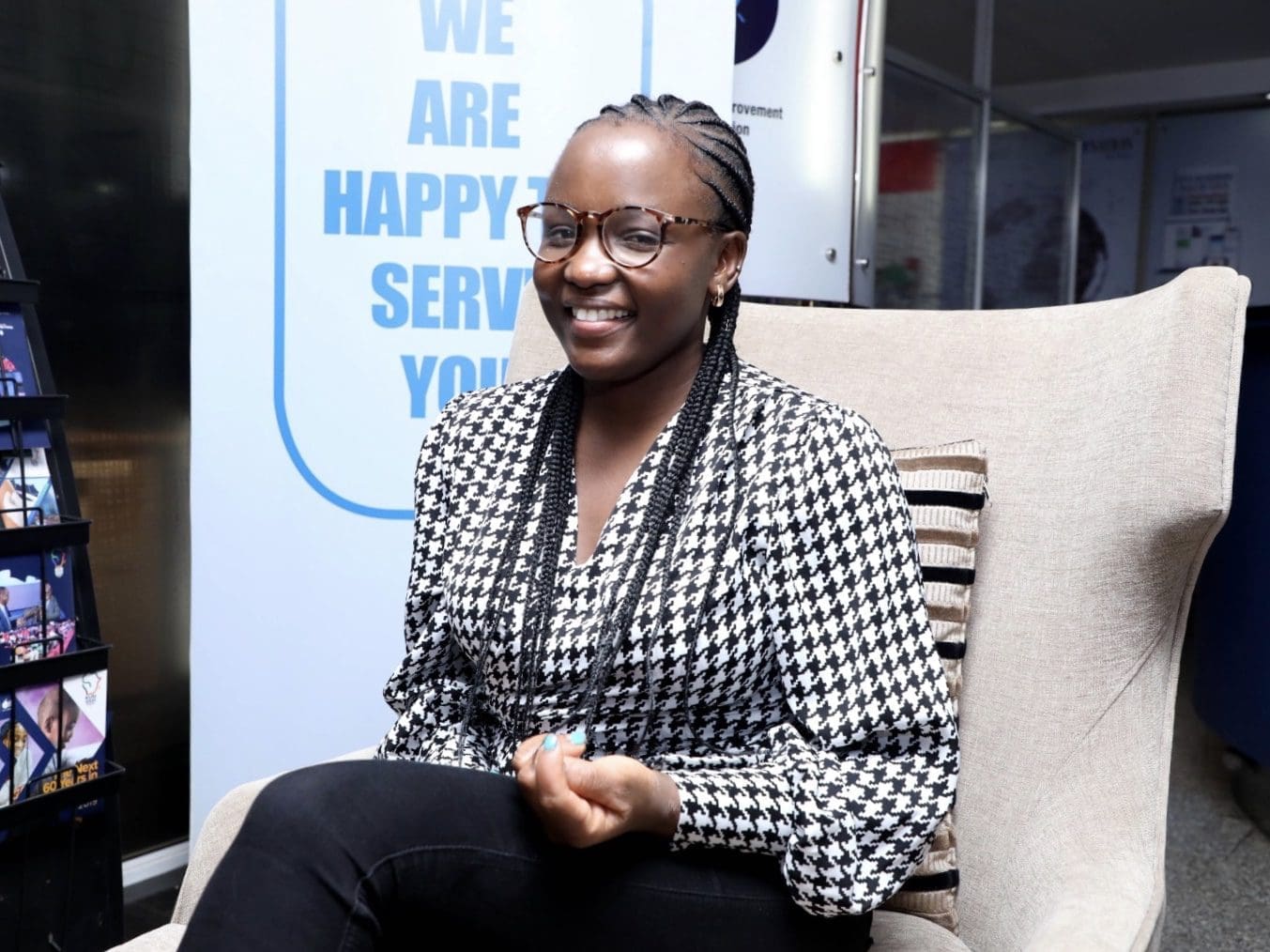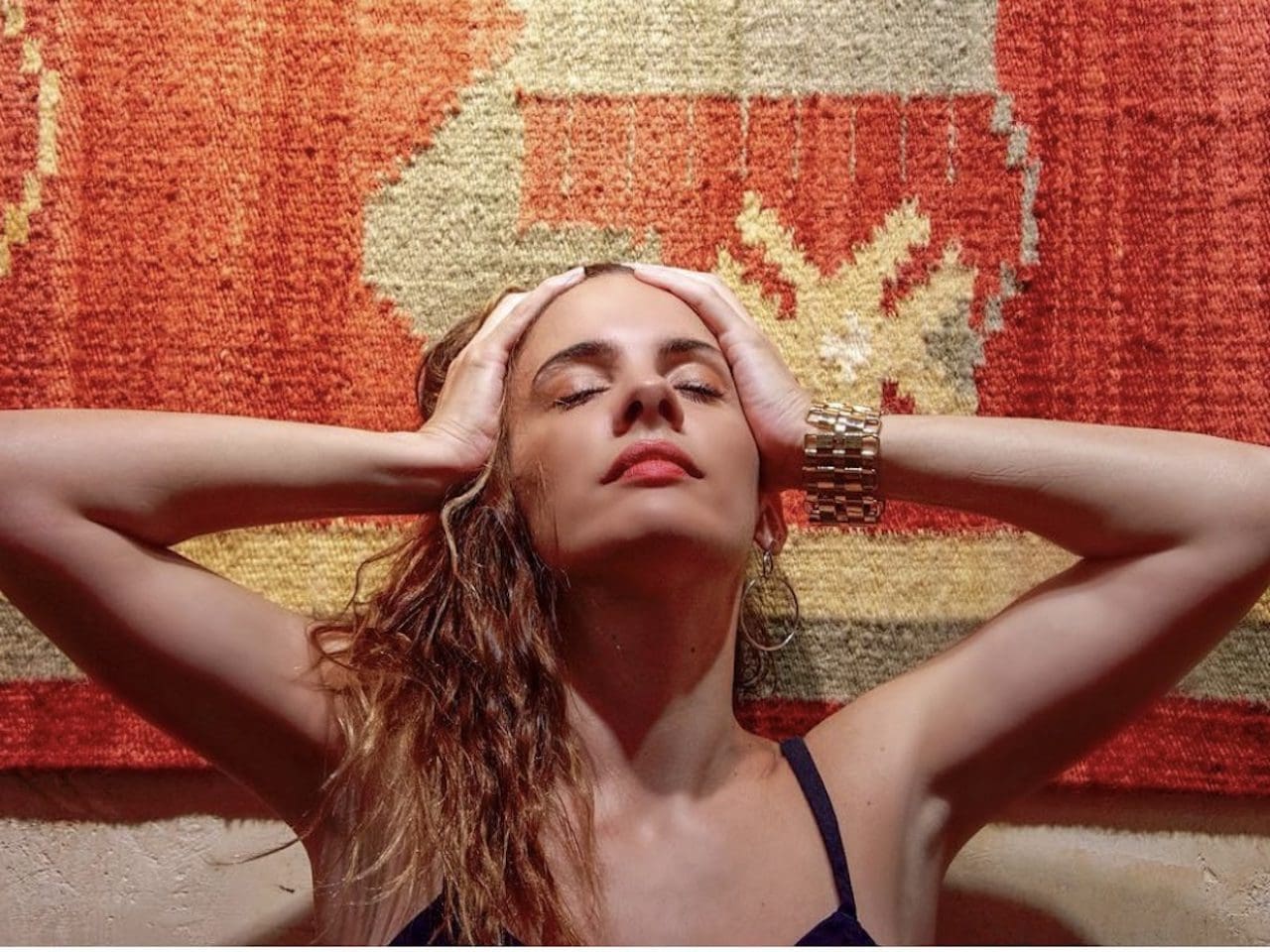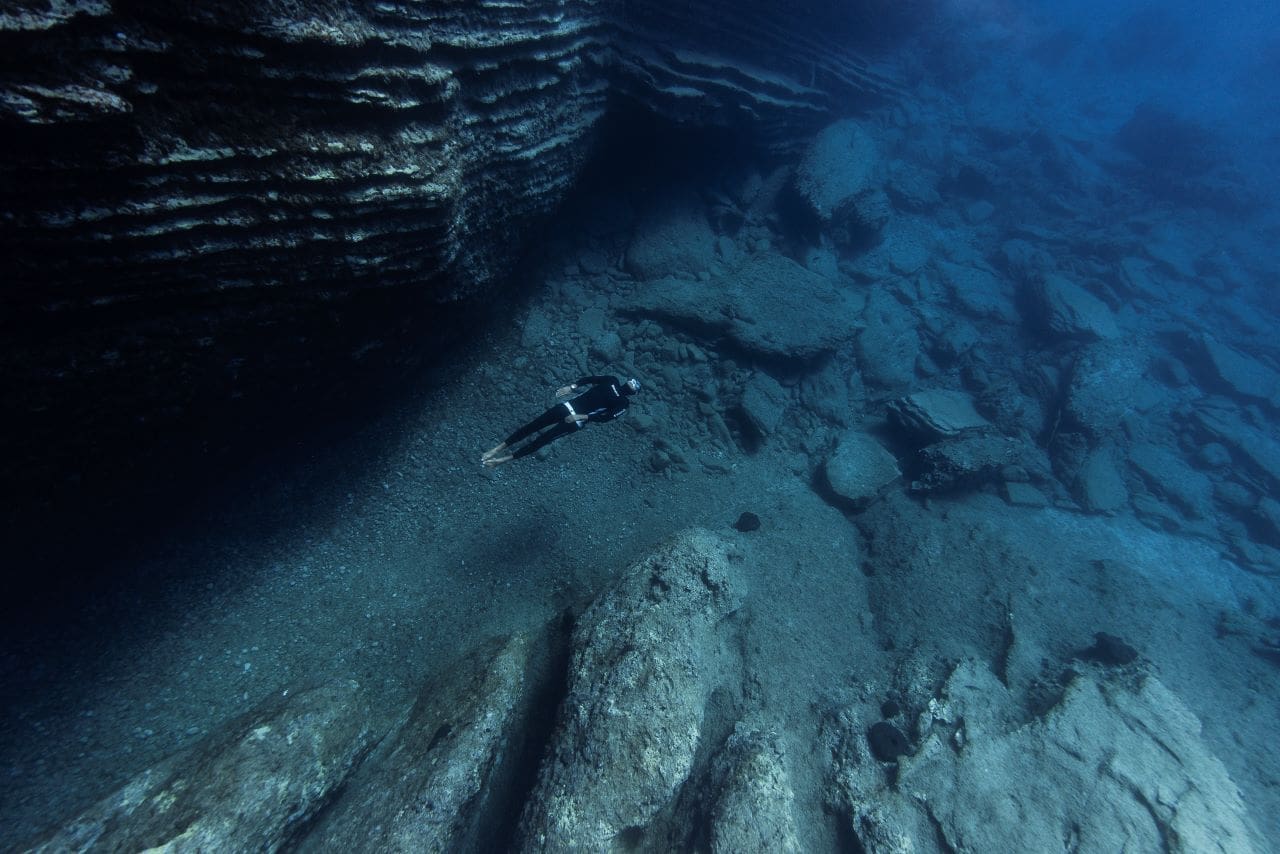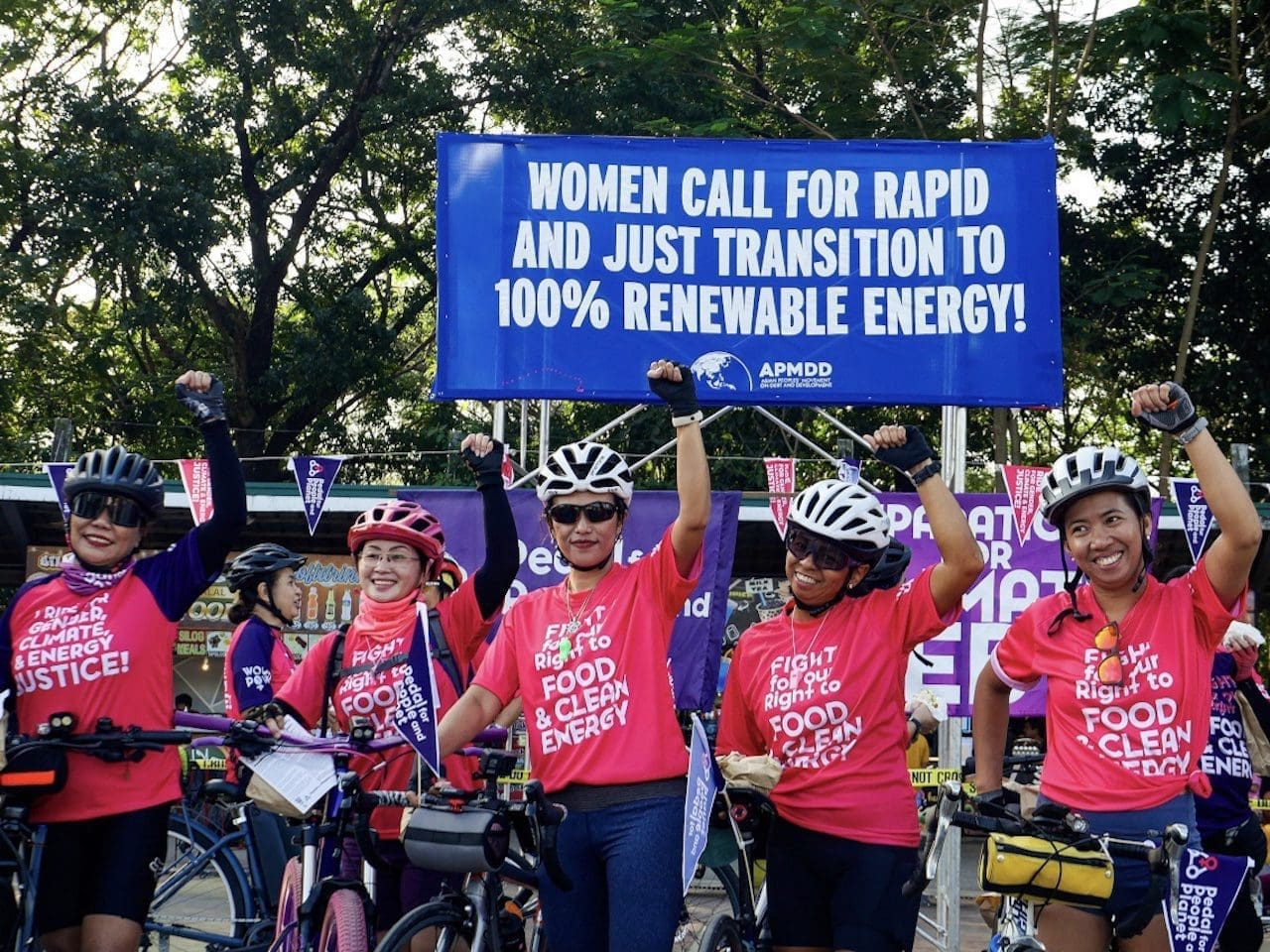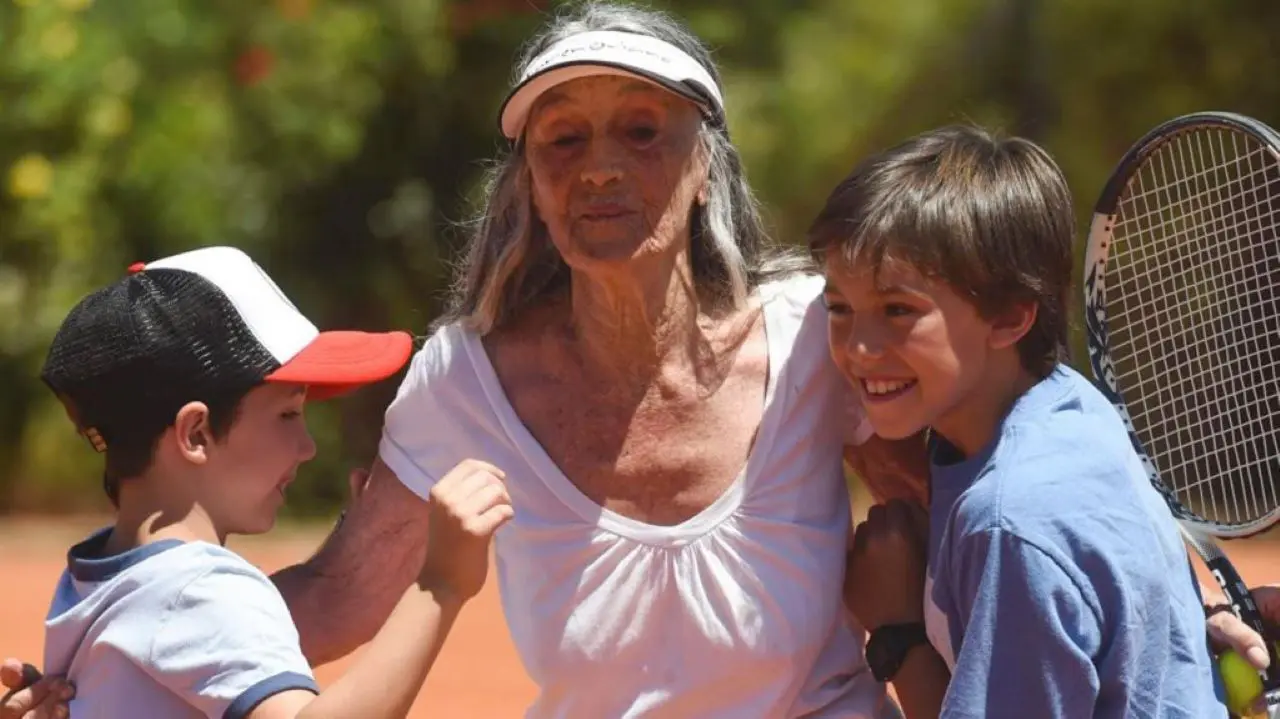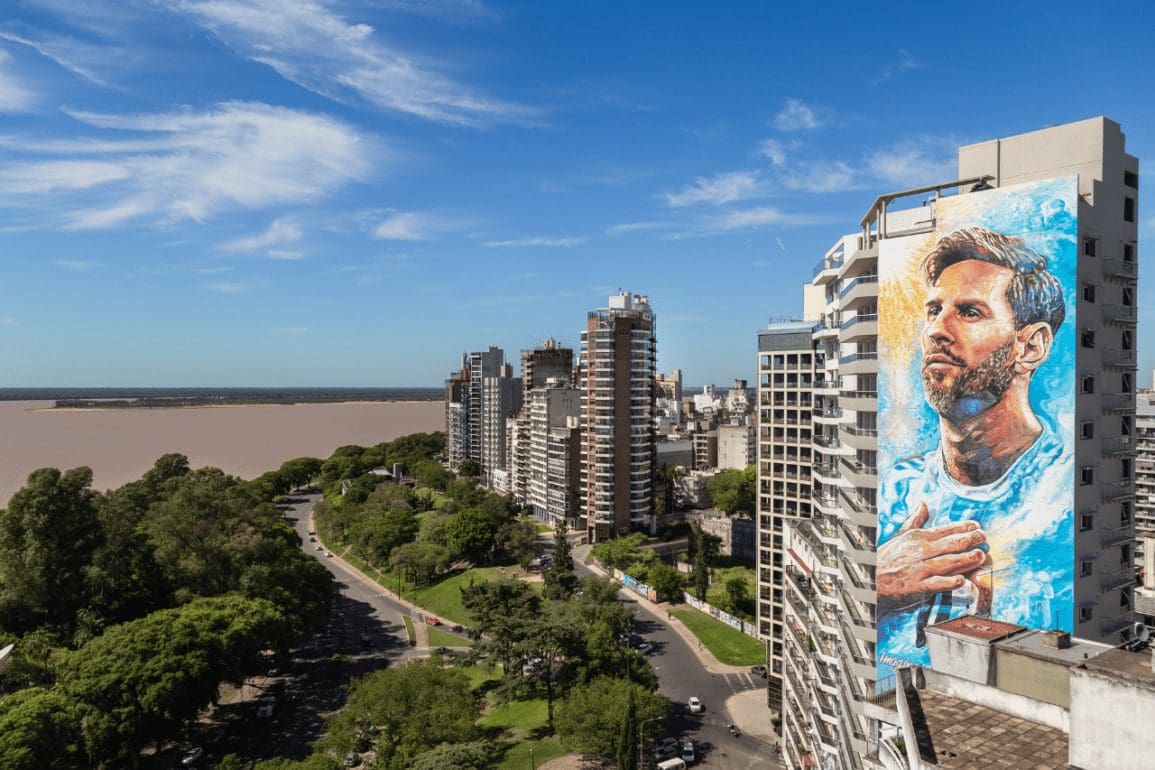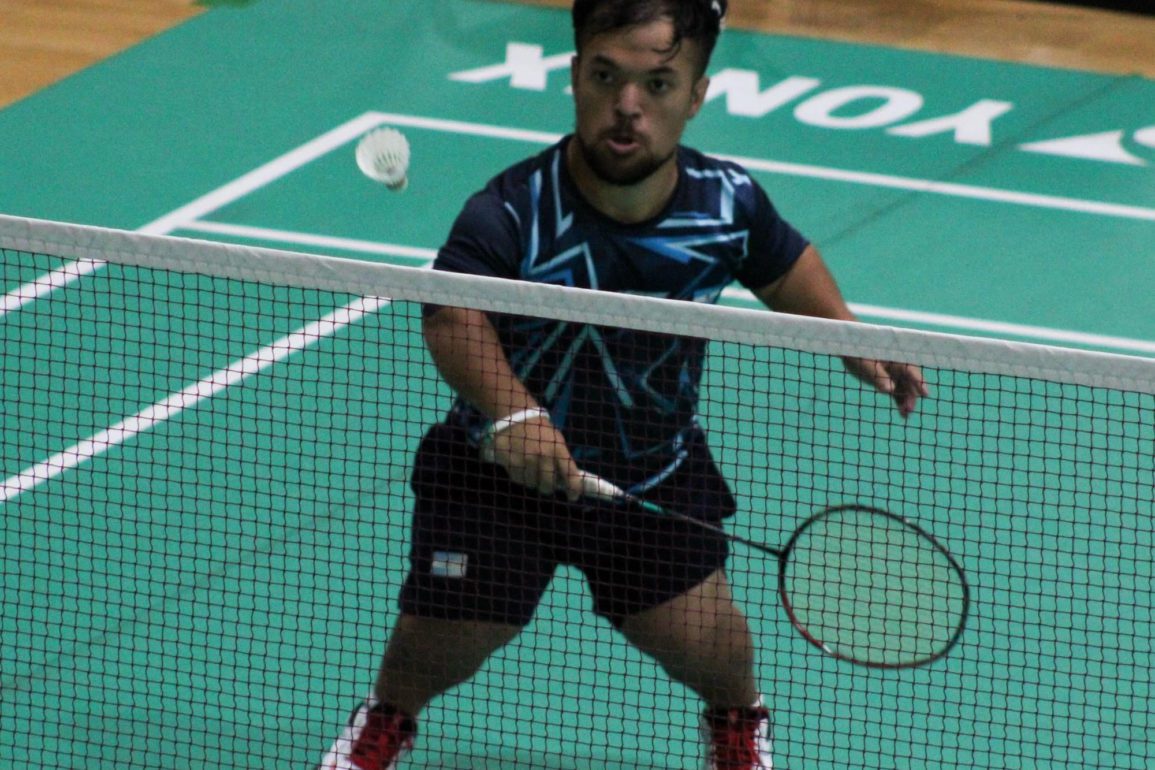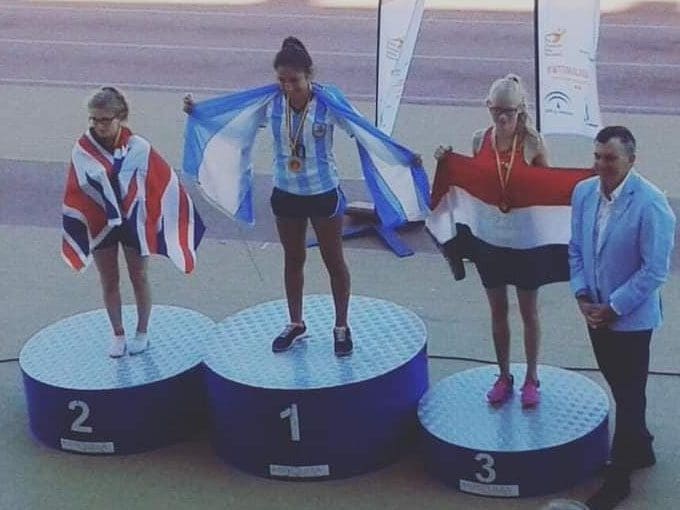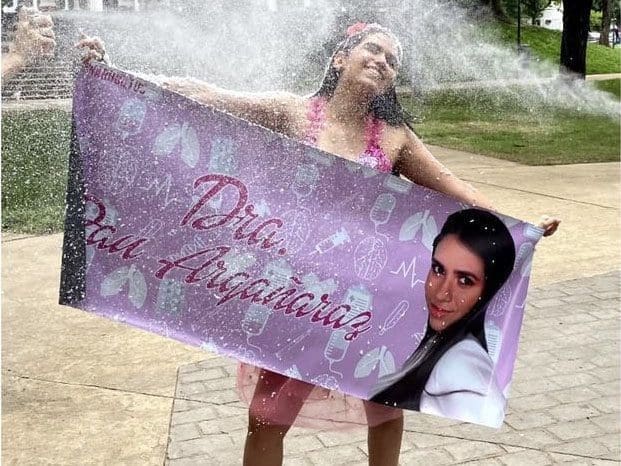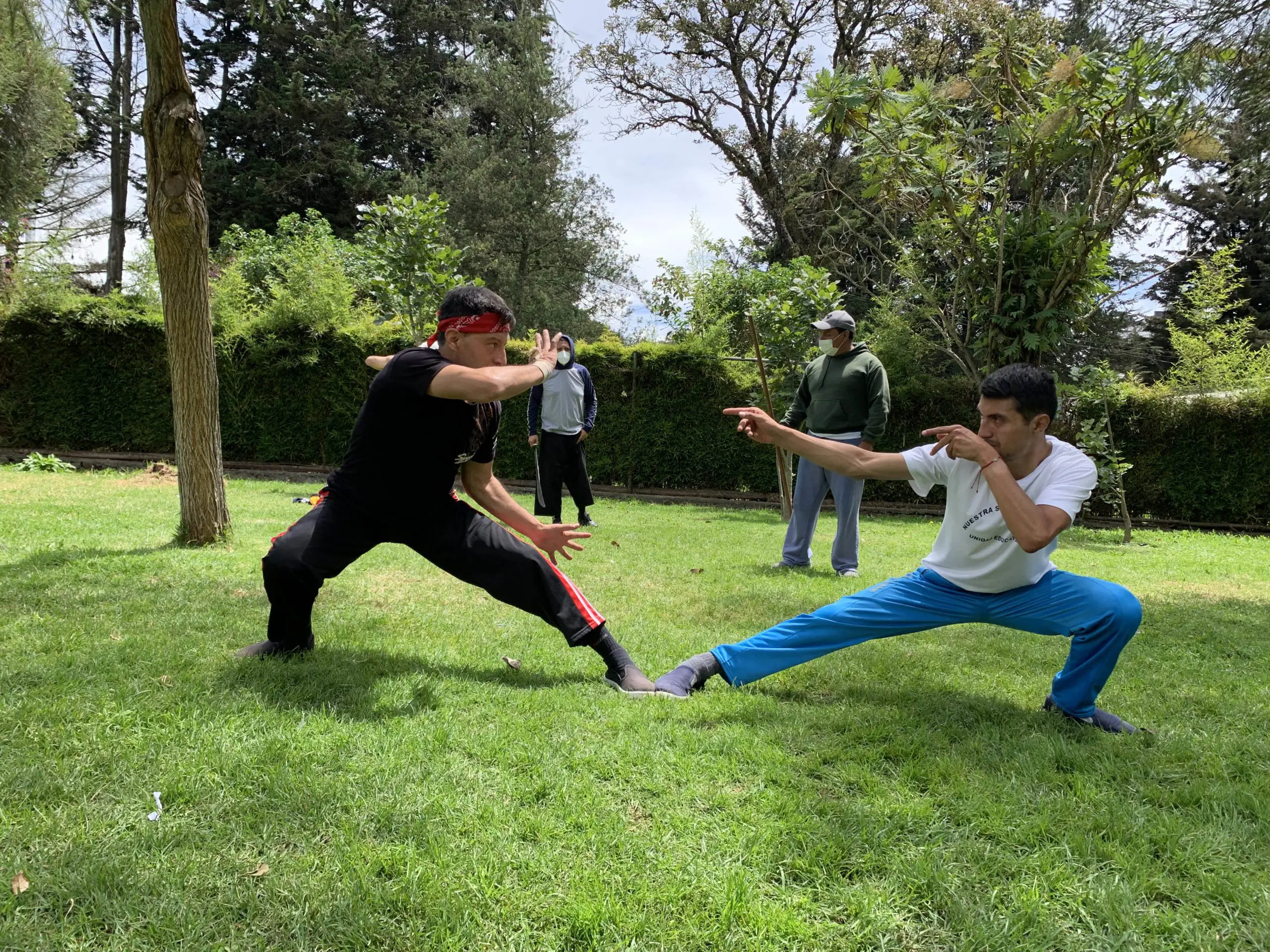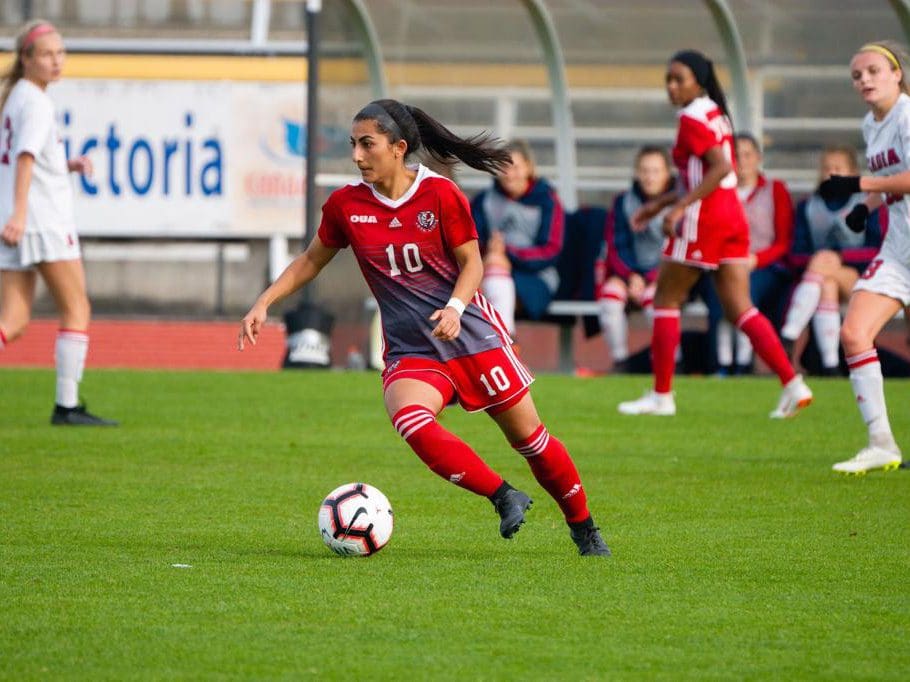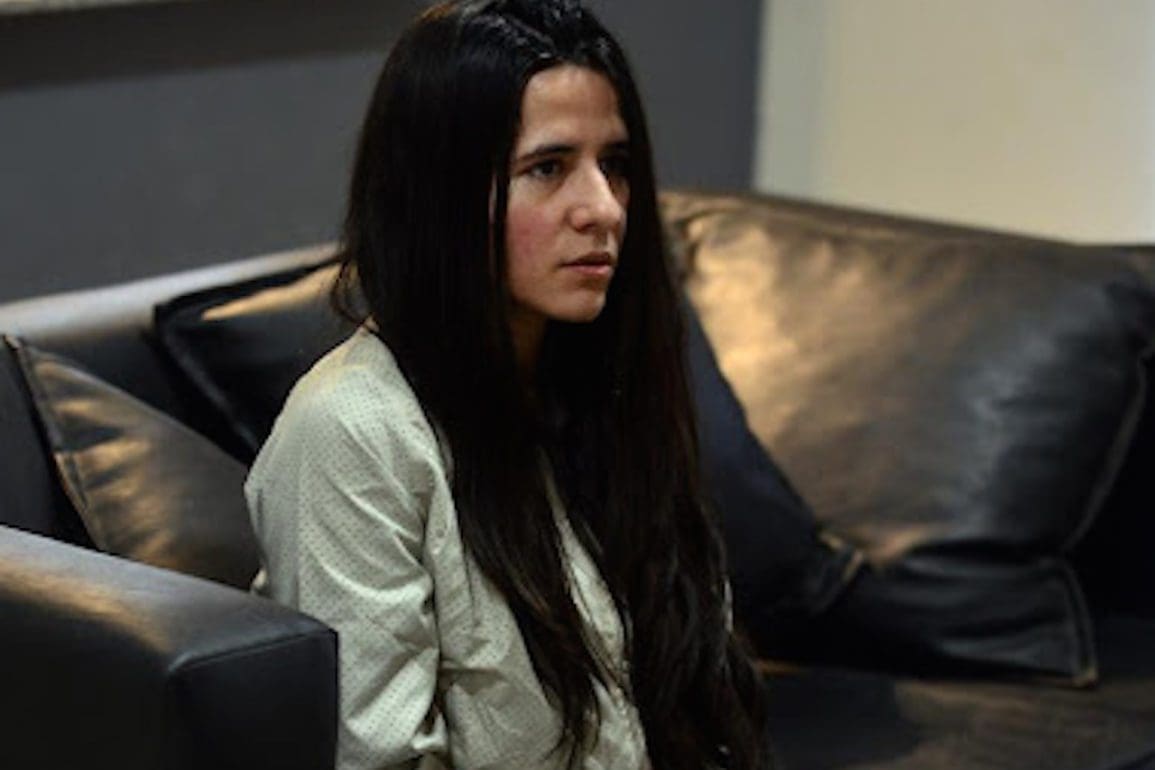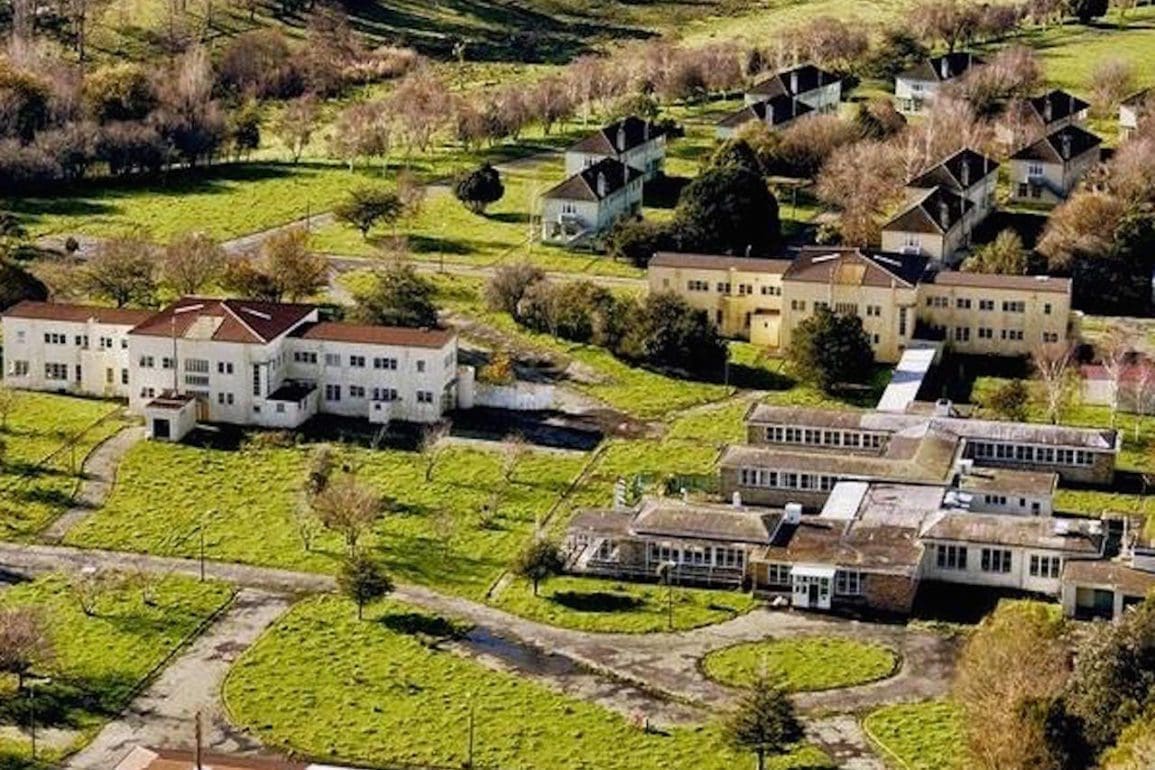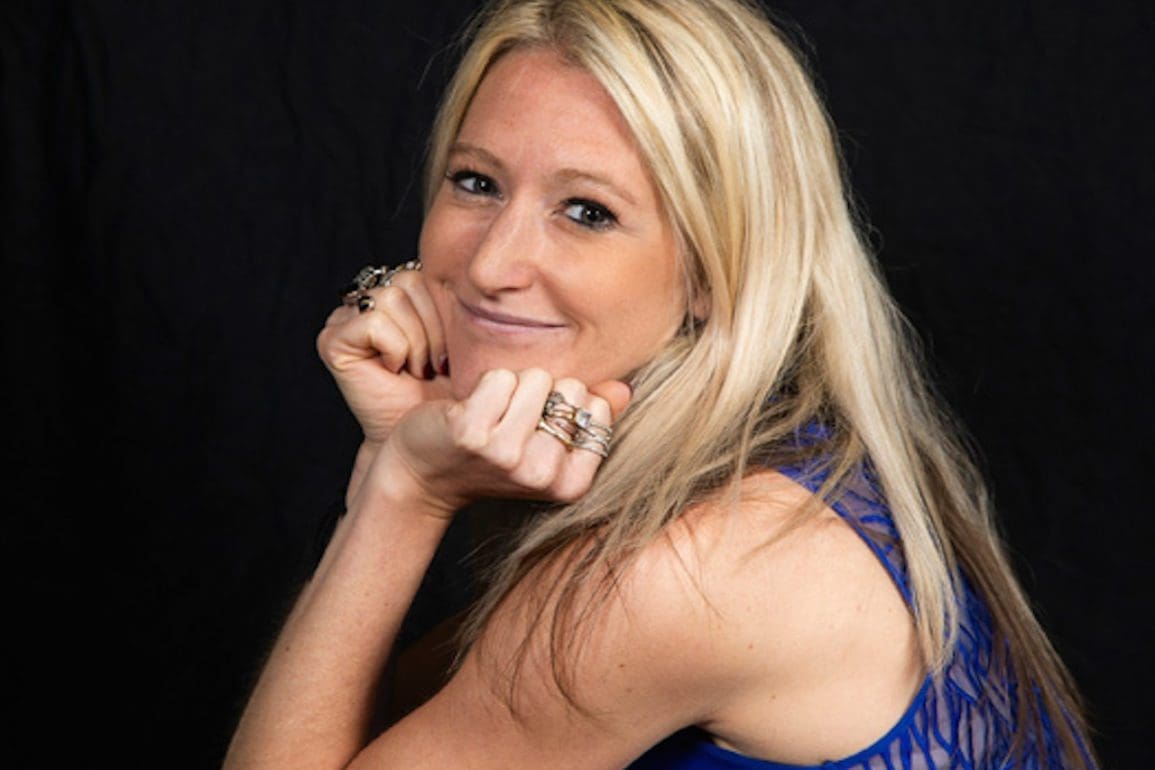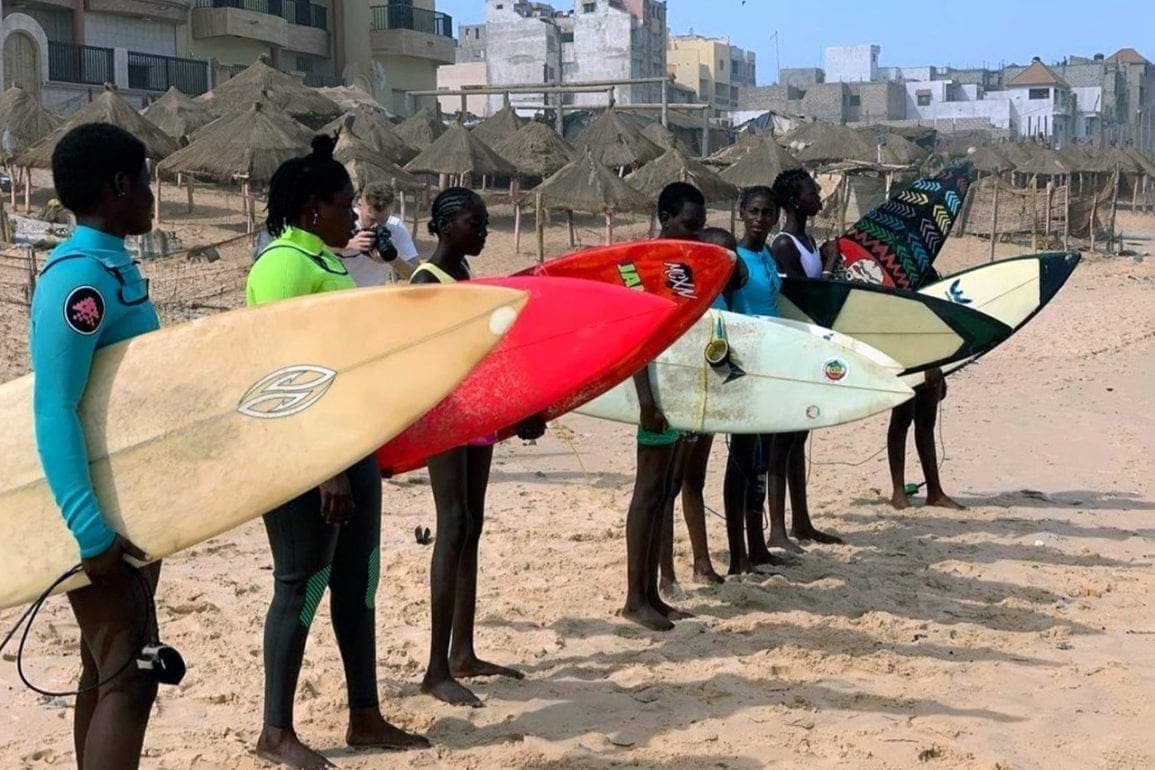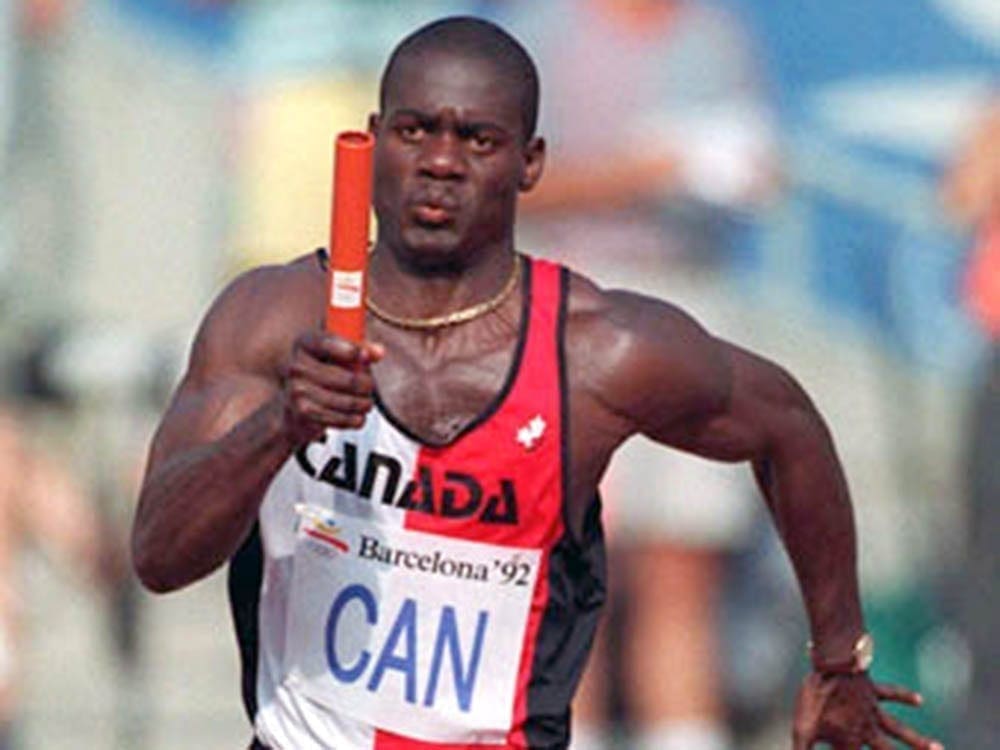Promising teen athlete in Colombia electrocuted: lives new dream with robotic hands
It felt like a giant magnet pulled me in with incredible strength and then expelled me violently. I felt my hands and heart burning. The electrical shock left me unconscious and nearly dead.
- 6 months ago
January 25, 2024

YOMBO, Colombia ꟷ On Sunday, May 22, 2022, as we celebrated my sixteenth birthday, I could not have imagined being electrocuted and losing my hands. Organizing my new room, I walked up the external spiral staircase carrying an aluminum curtain rod. Suddenly, as I rounded the curve, the rod became entangled in one of the steps. I kneeled to untangle it and the curtain rod made contact with the primary electrical cable on the house and arched.
It felt like a giant magnet pulled me in with incredible strength and then expelled me violently. I felt my hands and heart burning. The electrical shock left me unconscious and nearly dead. I took the full impact of the electricity to my hands, but suffered severe burns on my face, buttocks, legs, and back too. My mother said she rushed toward me to help but the current still pulsed through my body and passed through me, burning her also.
Read more stories about the many, inspirational uses of prosthetics at Orato World Media.
Teen athlete faces amputation and a future without arms
I spent the next 40 days in the hospital undergoing more than 15 surgeries. Arriving unconscious, they initiated emergency interventions but could not close the wounds. My survival remained uncertain, and the electrical shock left a hole in my right shoulder blade.
The outlook became increasingly critical and with each surgery, doctors showed my parents the lack of response in the tissues of my arms. After five days in a coma, I woke up. It felt like a resurrection, and I remember going from surgery to surgery with the unconditional love of my family. Their support kept me alive and gave me strength to face my adversity.
My dad remained with me from the night of the tragedy and took two weeks to prepare me for what came next. We held onto a secret hope for a miracle to avoid amputation. I asked questions about my bandaged arms, which constantly produced fluids. Each time I moved them, I felt an enormous pain, like nothing I ever felt before. “Mom,” I cried, “I can’t feel my arms. Are they going to cut them off?”
Soon, the doctors warned that without amputation I risked a fatal infection. With tears in my eyes, I asked, “If I lose my arms, will I be able to get the best prostheses? Will I be able to graduate high school and return to sports?” After conversations with my parents, doctors, and psychologists, we scheduled the surgery for a Saturday morning, and it lasted until 9:00 p.m.
After being electrocuted, 16-year-old finally returns home to a cheering crowd
On that long trip to the operating room, my mom felt a great uncertainty, but we prayed together. After the amputation, the doctors could not close the cuts on my arms due to bleeding and suggested they may have to cut higher up. The possibility of infection always loomed.
In the recovery room in intensive care, the injuries in my shoulder blade and back began to heal and I began to encourage myself. “I’m going to get out of this,” I said. “I am 16 years old. I’m in the eleventh grade at José María Córdoba. Six years ago, I started training in handball. I am going to continue my passion.”
Little by little, I tried to move objects with my feet. The amputation went from the elbows of both arms leaving little room for complex actions, so my key word became “resilience.” On July 7, 2022, I finally returned home. As we pulled in, I saw a big reception. People applauded and honked their car horns as balloons floated in the sky.
On social media I thanked the prayer chains, writing, “To those who have given me strength, I want to tell you that limitations are only in the mind. I was able to leave intensive care and today I can live without being connected to medical devices. I want to continue living, studying, and being an athlete.”
The next day, I made the decision to face my ghosts. I stood in front of the mirror at my house and looked at myself. It felt like discovering a new body. I looked at my stumps carefully, as if reading them. I said, “This is what I am, and I am going to accept it.” As tears streamed down my face, I chose to live again.
Electric shock leaves teen without hands but she perseveres through rehabilitation
In those few seconds on the spiral stairs, my life changed completely. I went from training in handball day and night, representing Valle del Cauca on the departmental team, and playing on the Yumbo municipal team to not having any hands at all.
While the accident cut my dream of rising in the sport short, my desire to get ahead never wavered. After the amputation I embarked on different therapies. I learned to live differently, teaching my body to live a new life. I had to reinvent myself.


Back home, I learned to eat, dress, and walk again after lying in a bed for a month. I learned to use my eyes to observe the world in detail. While it proved difficult, along the way I met the most beautiful people who motivated me.
One boy, who experienced something similar to me and successfully recovered, came to visit me at the hospital. He told me everything I should learn and gave me thoughts on how to be clear about this stage of my life. Eventually, he approached me about para-athletics.
My story swiftly moved across all of Colombia and people started efforts to pay for prostheses designed with technological systems allowing for the imitation of other people’s movements. They came with myoelectric hands which replicate the functions of human limbs.
To use them, I had to undergo difficult training and complete rehabilitation processes. Wearing the prostheses meant re-teaching my body to carry the weight and use commands to perform movements. It required incredible patience. While the 18-month process felt difficult, I began to achieve my goal.
With new robotic hands, young athlete faces adversity with enthusiasm
Despite the challenges of recovery, I immersed myself fully in the world of para-athletics. I abandoned the life I knew for 16 years and was born again. This time, I faced life with a new condition, a fresh mentality, and projects to take on.
In December 2022, I won bronze in a para-athletics competition in Barranquilla. My mother shouted from the stands, and I cried as I crossed the finish line. In May, I won a silver, and I continue to fight for this path I am on. Fate may have cut my wings when it comes to my former passion for handball, but it landed me in a scenario where I learned resilience and I have a deep desire to continue to improve. Now I have set my sights on winning a gold medal – in sports and in life.
On Saturday, December 2, 2023 – after incredible work, dedication, and sacrifice – the long-awaited day arrived: the delivery of my new forearms. Full of emotion, standing in the middle of a crowd on International Disability Day, I received my hands. Amidst the cheers, tears of happiness fell from my eyes.
I thought about everything I achieved and one-by-one, my accomplishments flashed through my mind as gratitude swelled up inside of me. Right there in the same space, they placed the prostheses on me and from that day forward, I became the first female athlete in Colombia who underwent bilateral amputation and received myoelectric hands.
In this life, I never let myself fail or leave room for regret. Forging forward, I take on my dreams. Facing each new challenge presented, I feel my career and life are right on track. While I have a long way to go, I look forward to studying psychology at university and advancing in para-athletic sports. At 17 years old, I found opportunity amidst adversity, and I made my dreams come true.



